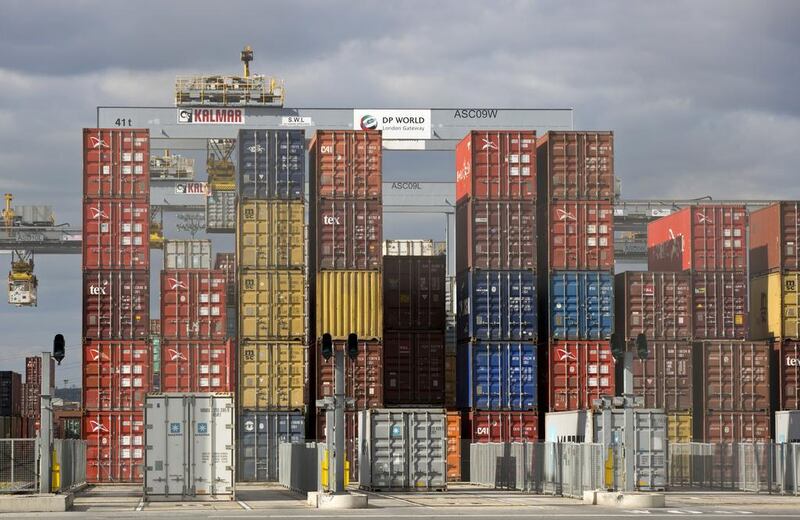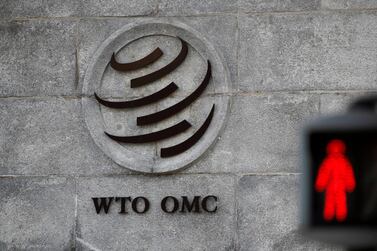Global trade is showing signs of a recovery from a deep pandemic-induced slump, but a full rebound will take longer and may be disrupted by the ongoing effects of Covid-19, according to the World Trade Organisation.
The global trade body now estimates a 9.2 per cent decline in the volume of world merchandise for 2020, compared with a deeper 12.9 per cent downturn forecast in April. Global trade is now forecast to grow 7.2 per cent in 2021, compared with a previous estimate for a 21.3 per cent expansion. That still remains well below the pre-pandemic level.
“Current data suggests a projected decline for the current year that is less severe,” the WTO said. “Strong trade performance in June and July have brought some signs of optimism for overall trade growth in 2020".
However, the pace of expansion may slow sharply once pent up demand is exhausted and business inventories have been replenished, it said.
“More negative outcomes are possible if there is a resurgence of Covid‑19 in the fourth quarter,” the WTO said.
The world trade body’s revised outlook rhymes with the International Monetary Fund’s latest assessment of the global economy. In June, the IMF had projected a 4.9 per cent contraction. However, “the picture today is less dire,” IMF managing director Kristalina Georgieva said on Tuesday.
“We now estimate that developments in the second and third quarters were somewhat better than expected, allowing for a small upward revision to our global forecast for 2020.”
Although, the recovery is better than anticipated in some industries, it is a still a “partial and uneven recovery in 2021”, she said.
“We expect global output to remain well below our pre-pandemic projections over the medium term. For almost all countries, this will be a setback to the improvement of living standards.”
The IMF is set to release its latest projection next week during the annual meetings it holds with the World Bank. The WTO on Tuesday said global GDP will contract 4.8 per cent in 2020 before rising 4.9 per cent next year.
The Covid-19 pandemic has severely disrupted the travel and tourism industry and upended global trade.
Governments and central banks have so far put more than $12 trillion of fiscal and monetary stimulus into the world economy to stabilise financial markets and protect jobs. However, the fragile recovery is under threat as countries face second and third waves of Covid-19.
The pandemic has claimed more than 1 million lives, and infected over 36 million people globally, while 27.12 million have recovered as of Wednesday, according to Worldometre, which tracks the disease.
“Whether the recovery can be sustained over the medium term will depend on the strength of investment and employment. Both could be undermined if confidence is dented by new outbreaks of Covid-19, which might force governments to impose additional lockdowns,” the WTO said.
“Risks to the forecast are firmly on the downside.”
There’s “limited upside potential” if a vaccine or other medical treatments prove to be effective against the disease, however, their impact will not be immediate, it added.
Global merchandise trade recorded its "sharpest ever one-period decline" in the second quarter of this year, falling 14.3 per cent compared to the previous quarter.
The steepest declines were in Europe and North America, where exports fell 24.5 per cent and 21.8 per cent, respectively. Asian exports in comparison were relatively unaffected, dropping 6.1 per cent, according to WTO data.
Imports, during the same period, were down 14.5 per cent in North America and 19.3 per cent in Europe but just 7.1 per cent in Asia.
Trade in most manufactured goods bottomed out in April before starting to recover in May and June, but the recovery was partial and incomplete. Automotive products recorded the biggest decline of any category, contracting 70 per cent in April and 53 per cent in the second quarter.
Trade in personal protective equipment recorded “explosive growth” of 92 per cent in the second quarter and jumped 122 per cent in May, the WTO said.









